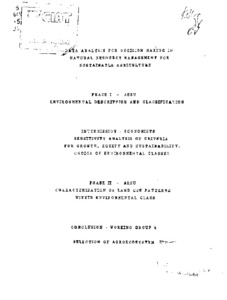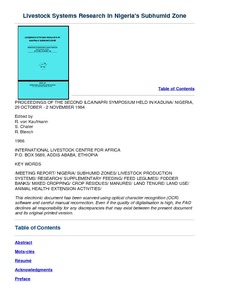An analysis of the indirect effects of agricultural growth on the regional economy
This chapter develops an extended input-output model to provide a quantitative analysis of the direct and indirect impacts of increased agricultural production on the regional economy. The model is calibrated for 1982/83 using the 1982/83 social accounting matrix (SAM) (see Chapter 7).




